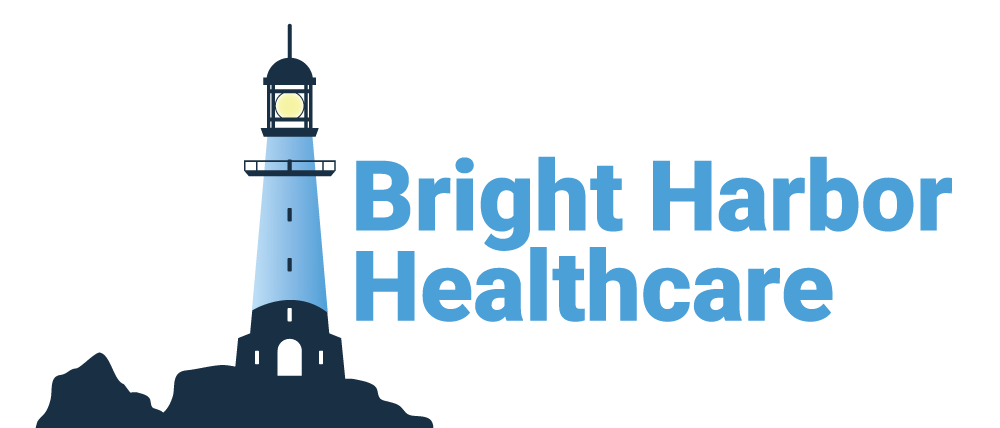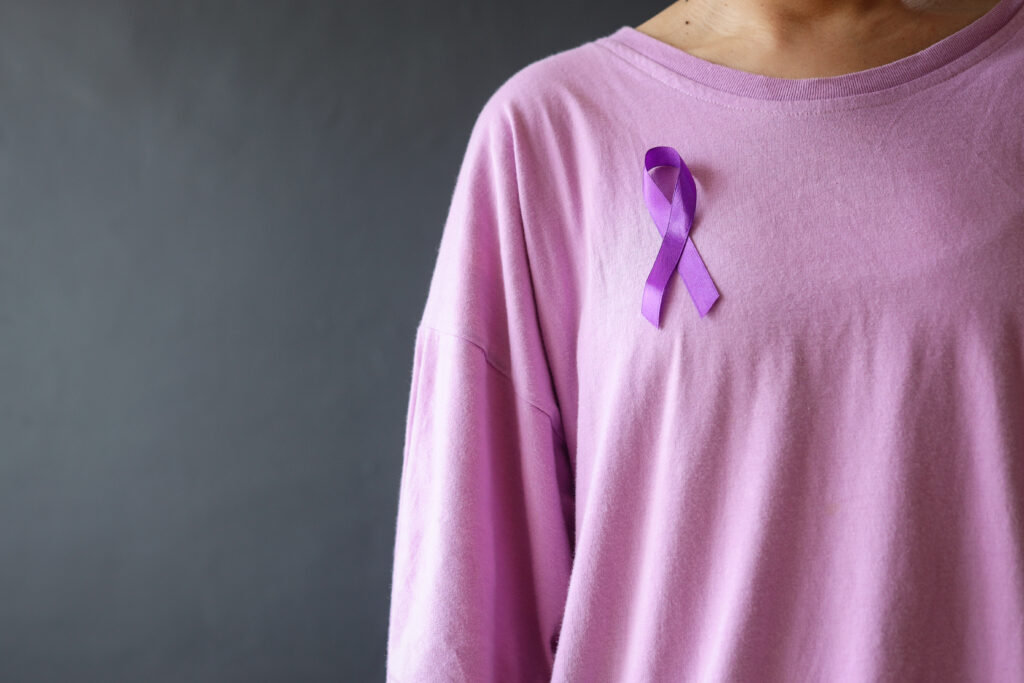October is a big month signaling the change into a new season- and for many of us, it includes excitement for fall festivals, pumpkin carving, apple cider, Halloween costumes, and preparation for the holiday season. In all of the excitement, it can be easy to overlook that October is also Domestic Violence Awareness Month (DVAM). DVAM aims to spread education on domestic violence, awareness of its prevalence, share resources, promote collaboration among professionals, advocate/protect survivors, and honor victims who have been lost. DVAM also allows for continued dialogue surrounding ways to prevent as well as support those affected by domestic violence (DV).
While some of us may be more likely to encounter circumstances related to DV as well as work with victims- we are all equally as likely to have someone in our lives who may be experiencing domestic violence. It’s important to better understand the different faces of domestic violence and the different factors and barriers that contribute to the complexity of the circumstances preventing victims from “just leaving” along with acknowledging that abuse often starts with micro-actions subtly beginning the cycle.
Forms of Domestic Violence
Physical Abuse
This is the most recognizable form of domestic violence and involves physical harm or the threat of it including hitting, slapping, punching, choking, pushing, or any physical assault/restraint that causes harm or fear.
Emotional or Psychological Abuse
This form of domestic violence targets a person’s emotional well-being. It can involve constant criticism, insults, humiliation, and manipulation with the intent to erode the victim’s self-esteem leading to control of their thoughts and actions.
Verbal Abuse
This includes using hurtful words, threats, or yelling to intimidate and control the victim. It can be part of emotional abuse but can also occur on its own.
Financial Abuse
This form of domestic violence Involves controlling a victim’s financial resources and independence. This can include restricting access to money, preventing someone from working or studying, or forcing them to give up their earnings.
Economic Abuse:
A subset of financial abuse where the abuser controls and exploits the victim’s economic resources, this can involve stealing money, running up debts in the victim’s name, or preventing them from having access to financial resources.
Sexual Abuse
This encompasses any unwanted sexual activity or coercion within an intimate relationship. It includes sexual assault, rape, and any form of non-consensual sexual contact.
Isolation
Abusers may isolate their victims from friends and family, making them feel dependent on the abuser for social interaction and support. This isolation can further increase a victim’s vulnerability.
Stalking
This involves a pattern of unwanted, intrusive behaviors intended to frighten or intimidate the victim. This can include following the victim, making threats, or constant surveillance.
Digital or Cyber Abuse
In the digital age, abusers may use technology to control and intimidate their victims. This can include monitoring their online activity, sending threatening messages, or spreading false information about the victim online.

Getting Out
Leaving a domestic violence situation is a complex and challenging process, often marked by several nuances and barriers. Obstacles preventing a victim from leaving their situation/abuser frequently include fear -especially over their safety, financial dependence, attachment to the abuser, cultural/religious factors, legal concerns, access to resources (housing, transportation, basic necessities), children, lack of support and feelings of guilt & shame.
Understanding the different factors that may prevent a victim from leaving in combination with understanding the cyclical pattern of DV is crucial in advocating for and directly assisting victims.
OnPOINT’s Perspective
OnPOINT (Proactive Outreach in Needs and Treatment) is a Bright Harbor Healthcare program partnered with multiple police departments in Ocean County and has a unique position in that we receive referrals directly from law enforcement which often include referrals stemming from domestic violence-related calls for service. While OnPOINT aims at engaging referred persons and linking them to services often times when domestic violence is a factor we are involved for a prolonged period of time. In these encounters with the victims, abusers, and with responding officers we have had a unique exposure to a vast spectrum of needs and applied interventions. We’ve assisted with linking to the batterers intervention program, called into DCPP hotlines, transported to shelters, educated on available help, assisted with packing bags to leave following a 911 call, completed safety plans, called to courts/victim advocates, distracted children, and simply offered a consistent support system.
With all that said, we’ve been able to see how well-equipped Ocean County is in terms of accessible resources; however, we’ve also witnessed victims’ internal struggles in both acknowledging their abuse and facing the overwhelming fear in both how to get out and the possible aftermath that will occur if they are successful in leaving. For many, the thought of leaving starts as a glimmer that is quickly extinguished with subsequent thoughts of “I don’t have a car,” “no one can come get me,” “how will I feed my kids,” “I don’t have any supplies,” or “I’ll have nothing.” This left us all thinking of how we could help when the need or want to leave the situation occurred when we weren’t available or working. Would that one moment that went unassisted lead to further time within the dangerous cycle?

Domestic Abuse Awareness Month and OnPoint
In typical Bright Harbor Healthcare fashion, we brainstormed a way to be able to help in these moments when the program and agencies are closed. With help from Bright Harbor we have organized a donation drive with the Kearny Bank on Fischer Blvd. in Toms River, New Jersey to collect some essential items as well as gift cards (especially for Uber/Lyft and food stores) to help lessen some of those barriers. Take action this Domestic Abuse Awareness Month, and donate today.
This month, we encourage you to please take a moment and familiarize yourself with the different forms of domestic violence, recognize warning signs, and learn about local resources including:

